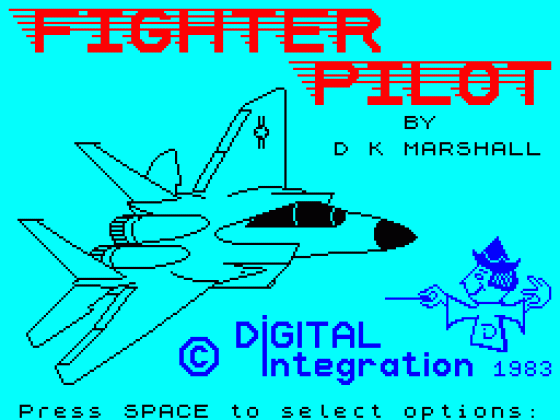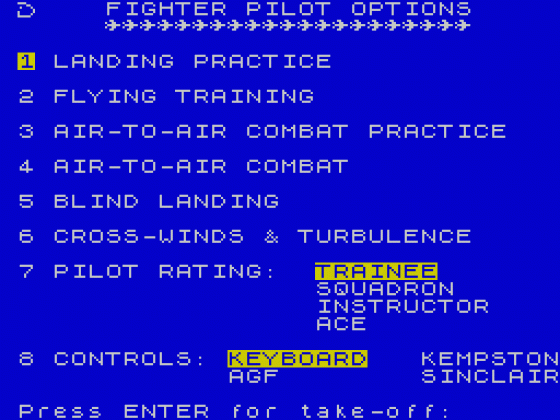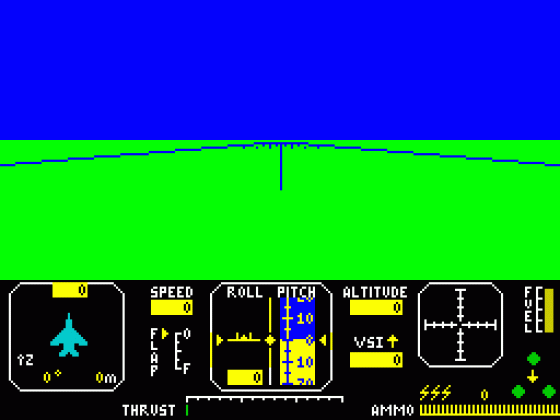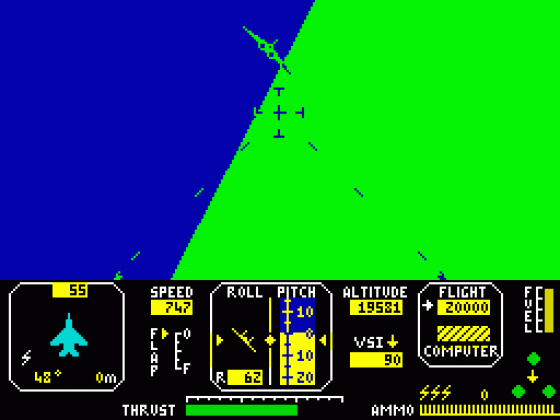Other Reviews Of Fighter Pilot For The Spectrum 48K
Fighter Pilot (Digital Integration)
A review by WD (Personal Computer Games)
Fighter Pilot (Digital Integration)/Flight Simulation (Sinclair Research)
A review by David Wright (ZX Computing)
Fighter Pilot (Digital Integration)
A review by (Sinclair User)
Fighter Pilot (Digital Integration)
A review
Fighter Pilot (Digital Integration)
A review
Fighter Pilot (Digital Integration)
A review


 1st March 1984
1st March 1984













